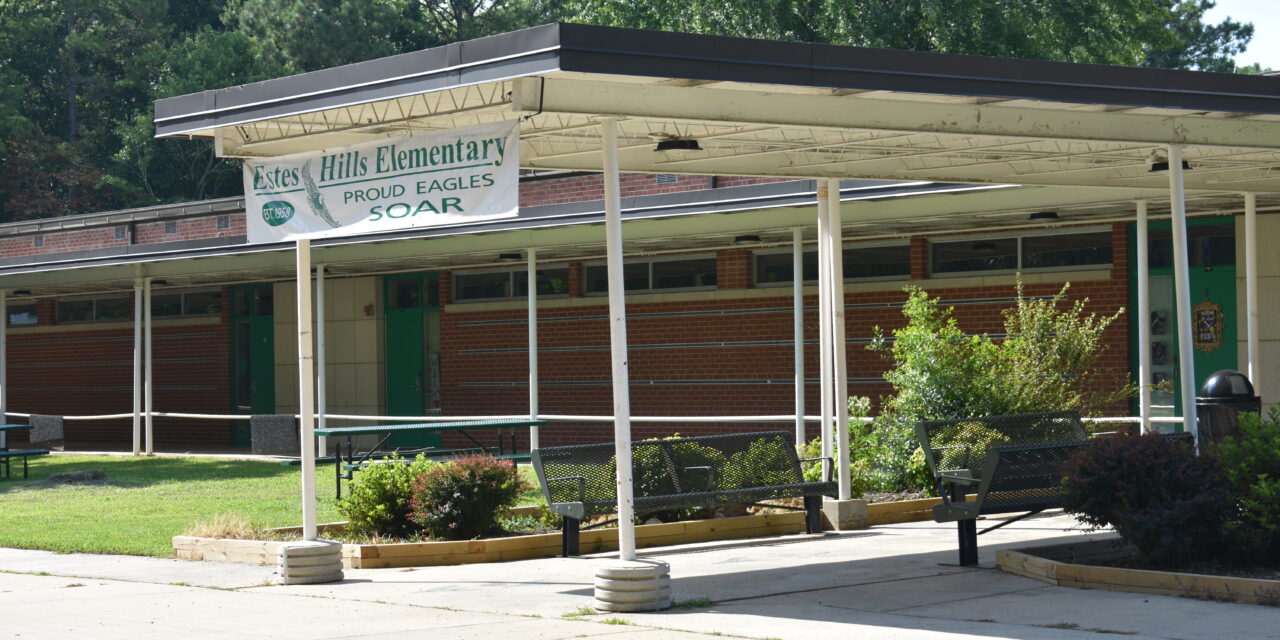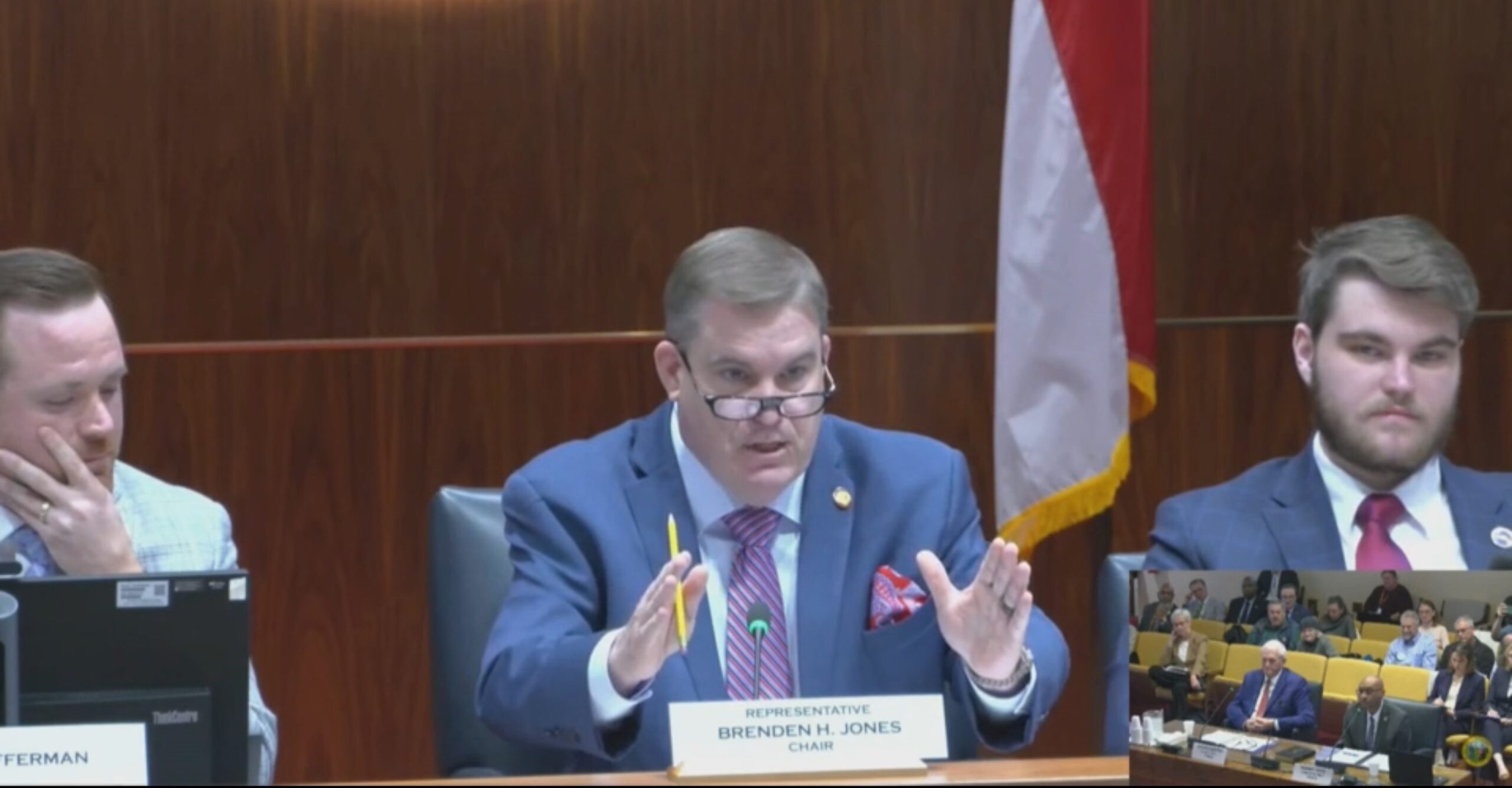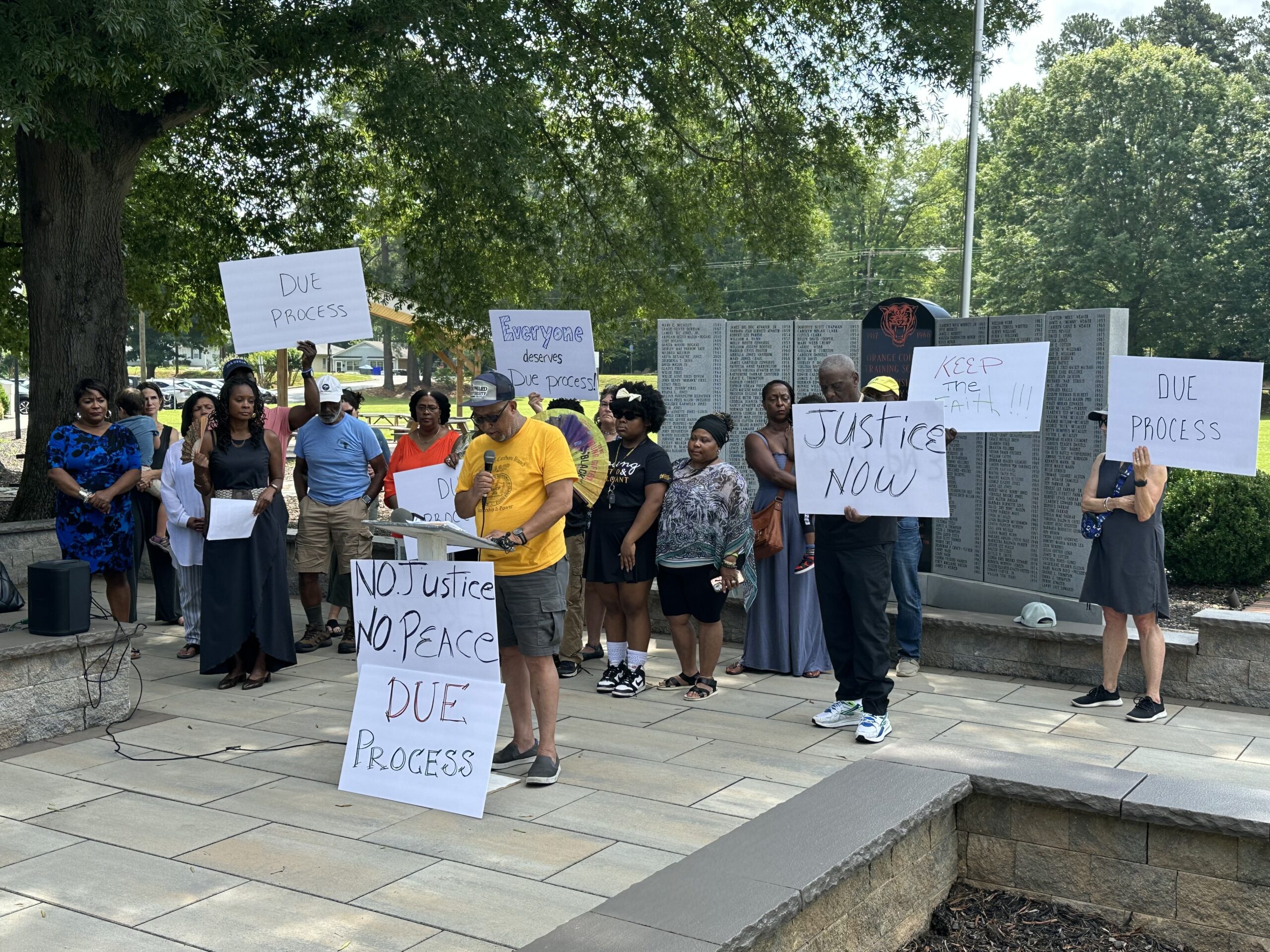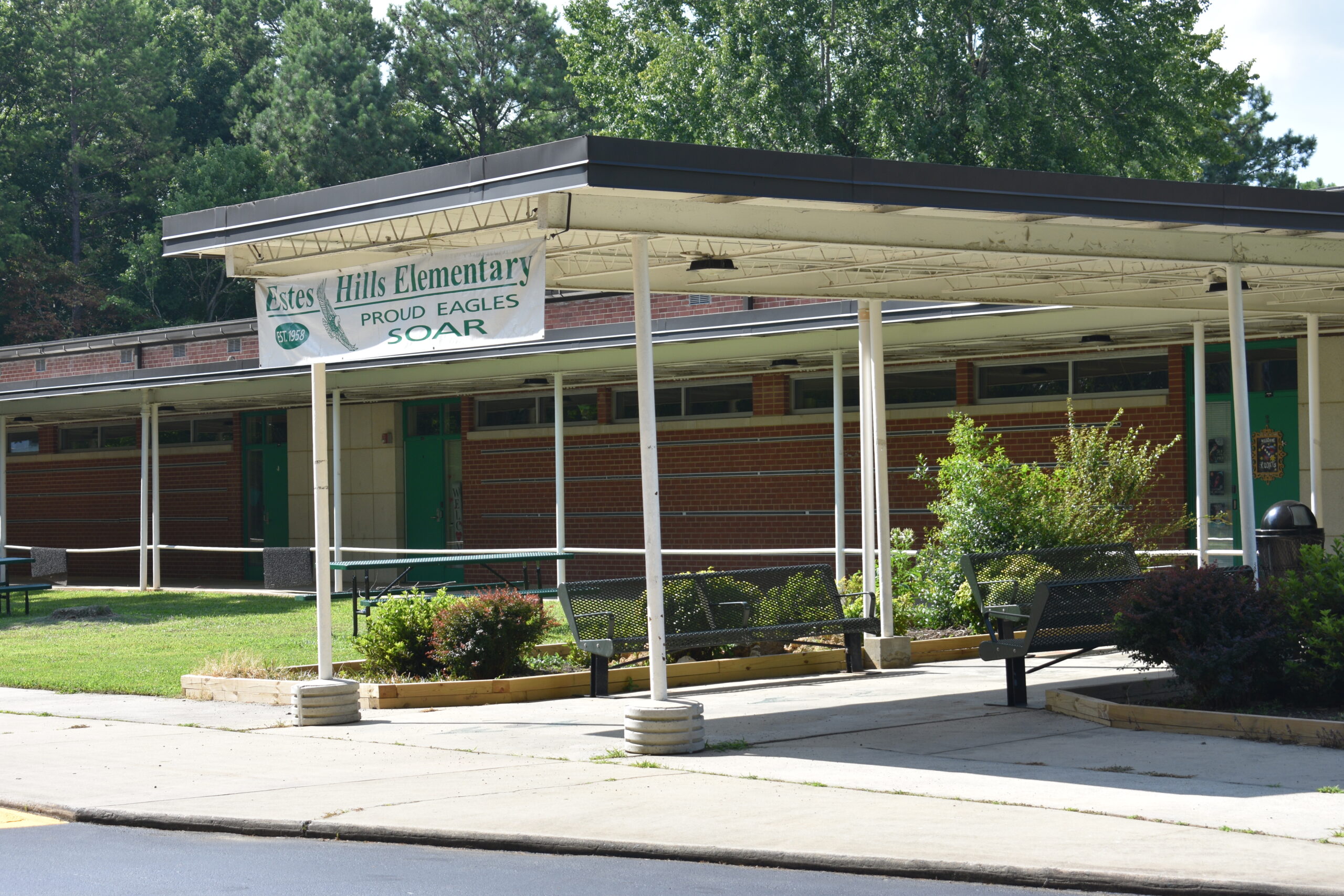The Chapel Hill-Carrboro City Schools Board of Education tasked its district staff with pursuing a “lead option” for its school infrastructure goals based on the bond referendum planned for the fall, suggesting at its latest meeting that further tweaking to the plan may be needed.
At its meeting on July 18, the board shared feedback on a new facility plan option presented, which would prioritize building three new elementary schools and doing key maintenance projects for two middle schools. In the directive, the district’s three oldest school buildings — Carrboro Elementary School, Estes Hills Elementary School, and Frank Porter Graham Elementary School — would have new facilities constructed, while Phillips Middle School and Culbreth Middle School receive significant funding for infrastructure needs. It whittles down the options presented by CHCCS staff to the board earlier in the summer, which explored the construction of new middle schools and reassigning Estes Hills Elementary School students to make way for construction on its footprint within the next decade.
The Board of Education also received a presentation from its chief financial officer about a $5.1 million budget shortfall, which was covered by the district’s fund balance — but depleted its reserves and cannot be covered again.
Option 5 Takes Priority
The new option, according to Deputy Superintendent of Operations Al Ciarochi, was not initially presented to the board until the district staff felt confident that a new building for Estes Hills Elementary could be built simultaneously while its original building — and Phillips Middle School — are occupied. He said it crystallized after discussions with the architects who worked on Northside Elementary School, since both campuses have topography that changes elevation and creates construction challenges. Despite being the latest option shared, Ciarochi said he believed it was one of the more attractive ones.
“I take full ownership of this: if the county and the hiring of Woolpert as a consultant had done more with the ‘how’ [of school construction] and had the engineers, we probably would’ve been able to have this [option] as a first iteration,” he said. “But that was not the path we went down. I still think the Woolpert plan is a solid plan, from an optimization standpoint… but then we’ve got to find a way to implement that that’s palatable to our community.”
Option 5 includes some similar elements to the other remaining options in the latest round of consideration: the initial project would be the construction of a new elementary school on land adjacent to Morris Grove Elementary School in Chapel Hill. Once construction was finished, students from Frank Porter Graham Elementary would then move into the new facility. Carrboro Elementary students would then use the open FPG campus for instruction as a new school is constructed at the Carrboro Elementary property.
The main difference would be the inclusion of Estes Hills Elementary School, which was previously considered as a reassignment option based on its proximity to an aging middle school up for replacement (Phillips) and dwindling enrollment numbers. Instead, based on concern about moving students to new schools, Option 5 seeks to build a new Estes Hills Elementary Building behind the current facility and keep both Estes Hills and Phillips students in their buildings until construction is finished. Bond funding saved by the construction of a third elementary school could then be used to address critical maintenance needs at Phillips and Culbreth until their eventual replacement.
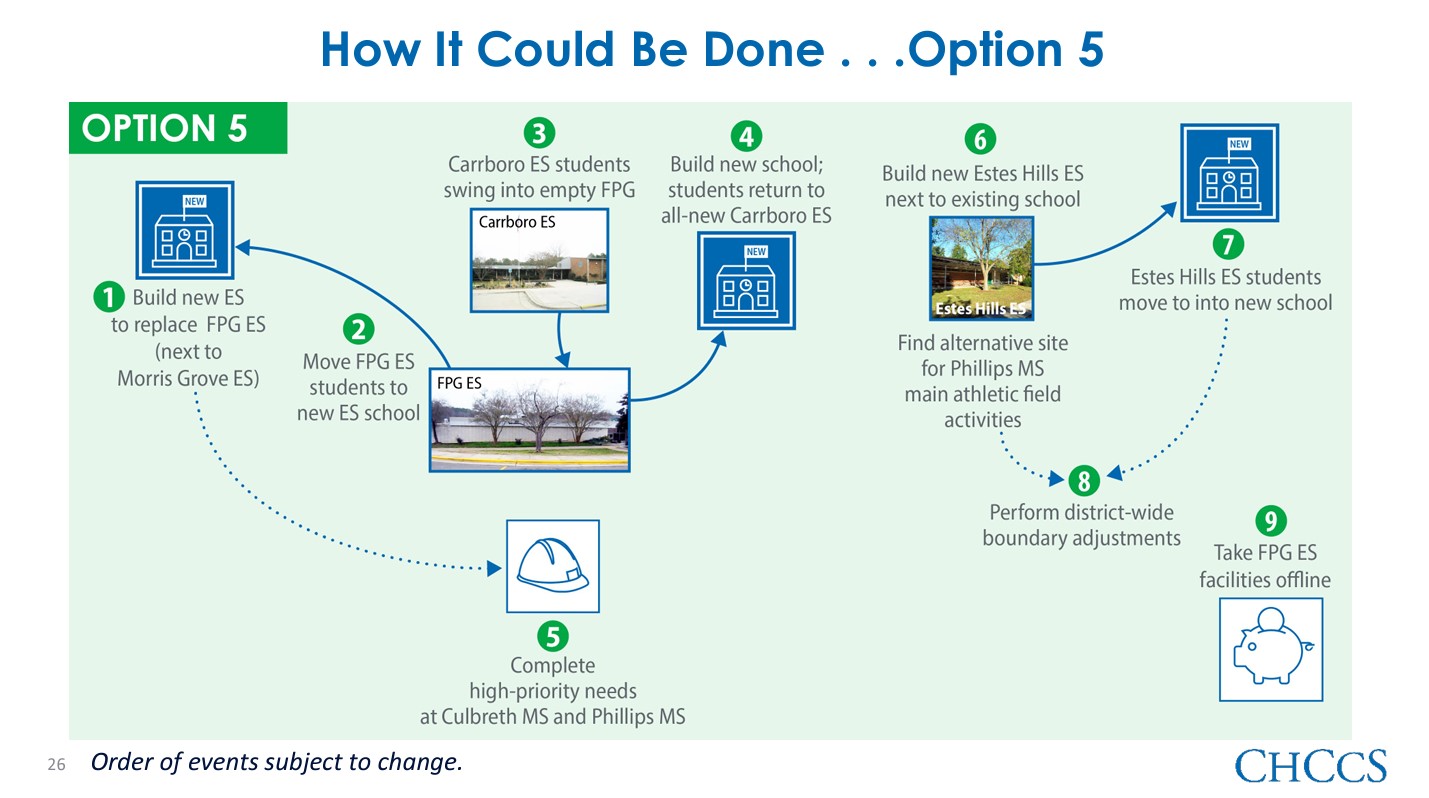
A flow chart of how Chapel Hill-Carrboro City Schools may approach the construction order and flow of student populations — if the bond referendum is passed in November. (Photo via Chapel Hill-Carrboro City Schools.)
Ciarochi described the construction layout for the Estes Hills Elementary and Phillips Middle community as “tight,” but an intriguing possibility to flip the campus’ geography while limiting physical disruption.
“We would not recommend anything that would hinder the education of students that are there at the time,” he said. “I’m not going to say that it’s like a library and quiet on the site, but it is one where you can manage it to where it’s possible.”
The proposal would have Estes Hills Elementary’s new facility be built on part of the athletics field used for most of Phillips Middle’s sports programs. Once complete — alongside a new bus access that would be behind the new building — construction of a new Phillips Middle conjoined with the new Estes Hills Elementary would begin in a future bond referendum cycle, which Ciarochi said is likely another decade away. The eventual layout for the two schools would see the buildings set further back from Estes Drive, the football field perpendicular to the road, and a new baseball field and parking lots between the facilities and road.
Ciarochi also said while Phillips Middle’s replacement would not be in this round of bond funding, the commitment to this option would prioritize the middle school in a future bond referendum. He also said by making the newer Estes Hills Elementary and Carrboro Elementary schools able to hold more students, it could improve the chance to replace other aging elementary schools in that same bond cycle.
“It actually accelerates [the other replacements],” Ciarochi described, “because we’re not waiting for the project to happen… it’s actually happening. So, that’s an advantage [of this option.]”
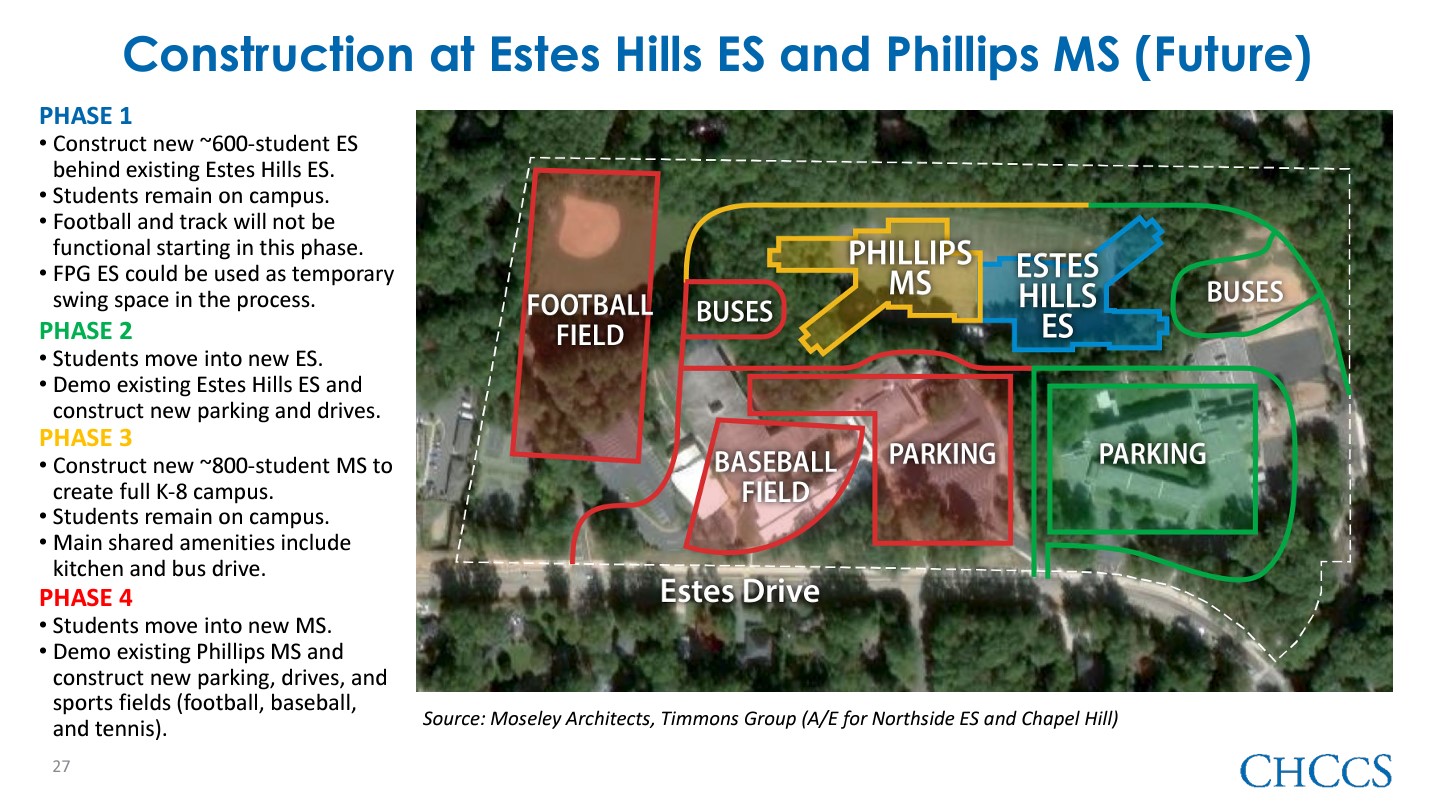
The proposed construction timeline and layout if CHCCS chooses to pursue building Estes Hills Elementary School on-site without moving any students. (Photo via Chapel Hill-Carrboro City Schools.)
The option may also appease some of the concerned Estes Hills Elementary community members, who have expressed fears to the board and on social media about the school being shut down or lost in the shuffle of replacement if students were reassigned. Other parents and families from around the district similarly reacted with apprehension when earlier options were floated involving the temporary or permanent movement of students from campuses during facility construction. While many school board members said Thursday they preferred Option 5 because of its flexibility and lack of disruption to students, several of the elected officials criticized the response from families about the various proposals for how to use the bond funding.
Board Chair George Griffin said he was distressed by how many people said they would vote against the bond referendum and jeopardize $300 million in funding for both CHCCS and Orange County Schools over the fate of their children’s current or future school. He said the board has been getting “hundreds of letters,” including dozens a day for the last month since discussions picked up.
“I would read these incredible letters with ideas and thoughts,” said Griffin, “and we’d get to the end of it and it says, ‘If I don’t get what I want, I’m not voting for the bond and I’m going to tell people not to do that.’
“But the bottom line is: without the bond passing on November 5, everything we’ve done to date is out the window and we don’t need to talk about new schools for the foreseeable future,” continued the board chair. “We had a bond in 1997, we had one in 2001, and we had one in 2016. And now in 2024…this is the biggest [piece of funding] we’ve had to build three new schools and to renovate one or two of our other schools. This is incredible.”
Board Member Rani Dasi is one of the district representatives who served on the school capital needs group organized by Orange County to assess infrastructure needs. She said from her experience with that group and the coordination to get to a bond referendum, she is excited about the possibility of three new schools — but worried about the “insular” thinking of CHCCS families who are not considering the broader impacts of bond funding beyond their own campus.
“The vote for this bond is essential to the learning environment for our students – for thousands of students,” Dasi said Thursday. “There are no easy solutions, we’ve got multiple competing priorities, including the values, including the cost, including the planning. I think as a board, we’re trying to weigh all those options.”
One element of those option is Frank Porter Graham Elementary, which is one of the schools on the outskirts of the district and at a location not conducive to new construction. School board members shared a variety of thoughts on where to build a replacement elementary school, considering the land constraints facing the district and the region. Ciarochi’s proposals all featured a new FPG facility being constructed on land adjacent to Morris Grove Elementary School in Chapel Hill, but Board Member Barbara Fedders said Thursday she is concerned about Latinx families being disproportionately impacted by increased drive times or reconfigured bus routes.
Board Member Riza Jenkins said her concern is how efficient it would be to have two elementary schools neighboring each other, especially as the district faces an eventual redistricting discussion based on the new facilities and shifting populations.
“I don’t love the idea knowing that we [are] 1,200 seats under capacity across our district, [and] we’re going to plop two elementary schools right next to each other,” said Jenkins. “To me, from a facilities standpoint and operational standpoint, that doesn’t make any sense. Other board members may disagree. But as we’re building these three schools… we [should] think about can we wiggle out capacity in these new schools, and think about that dreaded reassignment that nobody’s going to want to do. But we’re going to need to do it — we need to own that.”
Ultimately, the board tentatively set Frank Porter Graham Elementary’s future location as “to be determined,” directing Ciarochi to examine any other existing spots for its construction. The deputy superintendent will bring another report with a adjusted facilities plan to the Board of Education’s August meeting — which could be when the elected officials finalize their official bond funding path forward.
The district is continuing to take community questions and feedback on the infrastructure projects proposed upon the approval of the bond referendum. CHCCS will hold public information sessions on August 1, August 7 and August 8 across Chapel Hill. The meetings on August 1 will be held at the Chapel Hill Public Library, while the August 7 meeting will be held at the Southern Human Services Center and the August 8 meeting will take place at the Lincoln Center. Each day will have two meetings: one from at 10:30 a.m. to 11:30 a.m., and another from 2 p.m. to 3:30 p.m.
District Faces Budget Deficit
Chief Financial Officer Jonathan Scott then shared with the school board that in the fiscal year that finished on June 30, the district ended operations with a $5 million budget shortfall. According to him, it comes after CHCCS has been pulling from its reserve funding to provide teacher raises, staff positions, building maintenance and more in recent years. While the district’s fund balance covered the difference, those reserves are nearly depleted and cannot be used to cover such a cost again. According to Thursday’s presentation, the fund balance has decreased from nearly $16 million at the end of the 2019-20 academic year to just $396,000 this June.
Scott said the district’s finance office was initially projecting to be $2.5 million short in February, but it ballooned to $5.1 million because the district has 10 percent fewer lapsed salaries than it projected based on the fill rate of positions and lack of attrition.
“The irony of it is,” he said, “the board did all of these things to improve recruitment and retention, and it did great — but now we’re feeling the negative impact of it because we’re so heavily [staffed]. It’s not a bad problem from the staffing perspective. The problem is we just don’t have the budget to support the staffing we have.”
The district was aware of the constraints of its fund balance for years, presenting to the county commissioners in 2022 that without direct funding to address those salaries or replete the fund balance, it would be in a financial hole. It also sent out alerts to parents warning of the impending “budget cliff.” Despite making their case to the Board of Orange County Commissioners this spring for a $6.1 million to continue operational costs and a $2.3 million expansion, the county’s funding did not cover the expected gap.
The Board of Education requested Scott return to its meeting in August to share proposed ways to approach cutting its expenses in the new fiscal year, which could include cuts to positions and services. Following the meeting, the board leadership of Griffin, Jenkins and superintendent Nyah Hamlett shared a letter with district families to alert them of the presentation and budget shortfall.
“The CHCCS administration will work with the Board, along with school and district leaders, to outline additional plans to restructure our district and operate effectively within the current budget realities,” the trio wrote. “For now, all we need is for you, our staff and families, to continue to stay aware and informed about the current situation. We will encourage you to follow the Board’s deliberations and guidance at the next appropriate times.”
The CHCCS school board will reconvene on Thursday, August 15 at 7 p.m. The meeting from July 18 can be watched here.
Chapelboro.com does not charge subscription fees, and you can directly support our efforts in local journalism here. Want more of what you see on Chapelboro? Let us bring free local news and community information to you by signing up for our newsletter.

